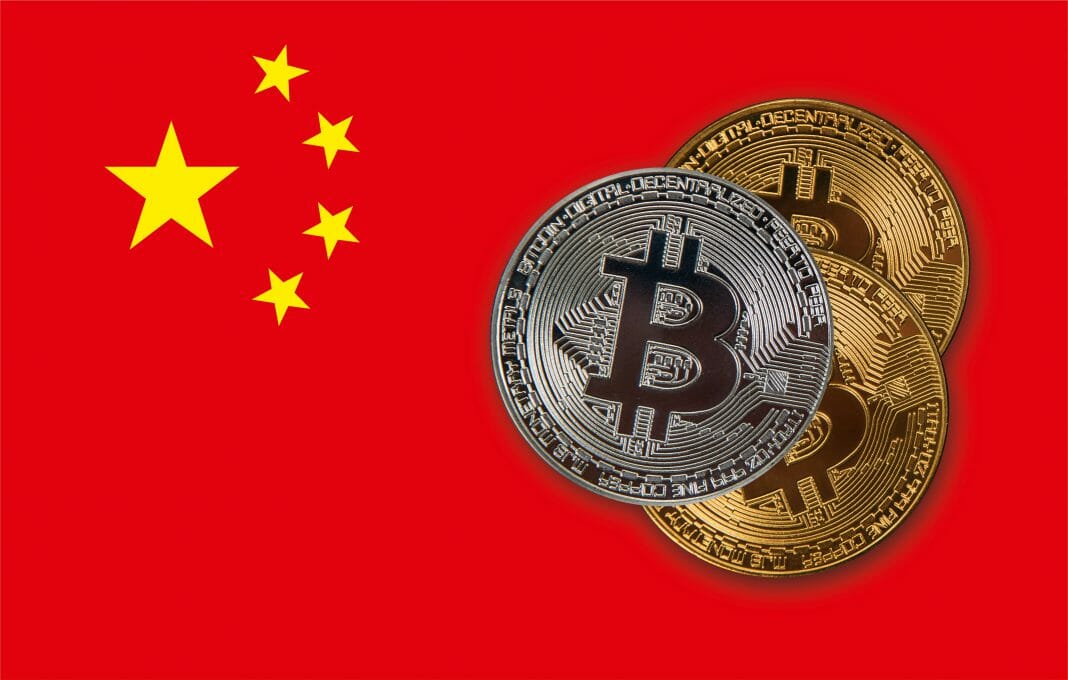Chinese importers in Russia buy up to US $30 million in Tether from informal sellers every day. They use the stablecoin USDT to send large amounts of money to their country of origin.
The business in Moscow is fast due to a constant flow of Chinese traders that arrive at the city carrying large bags of cash every day. Oleg’s over-the-counter cryptocurrency (OTC) trading desk sells them about US $3 million in Tether (USDT) per day.
Only 20% of Oleg’s sales are in Bitcoin, the oldest cryptocurrency with the largest market capitalization. The other 80% is in the dollar-linked token or stablecoin USDT.
USDT allows cryptocurrency traders to move money between exchange houses quickly to take advantage of arbitration opportunities. However, several over-the-counter traders in Moscow report that it has at least one use, as a remittance service for Chinese importers.
Maya Shakhnazarova, Head of OTC trading at Huobi Russia, said that they accumulate a lot of cash in Moscow and need USDT to transfer it to China.
USDT has the usual advantages of cryptocurrencies, with no limit on how much money can be sent or where, and without the volatility that makes it unfeasible for most currencies to move millions across the border daily.
Tether’s Killer App
Chinese gray market importers used to trust Bitcoin before the 2018 bear market, said Roman Dobrynin, another over-the-counter distributor. As the price was increasing, traders and intermediaries who helped them buy cryptocurrencies could earn some extra money in the process.
It should be noted that, to buy or sell USDT for US $ from Tether itself, a trader must be verified through the know-your-customer (KYC) process. However, since the token runs on public blockchains (Bitcoin, Ethereum and Tron), anyone can receive or send it, and secondary trade is not restricted.
In China, traders can easily exchange USDT for fiat money, despite the fact that spot trade (currency exchange) from fiat to cryptocurrencies was banned in September 2017, forcing exchange houses to exit the country and limiting crypto-to-crypto operations.
Over-the-counter operators report that USDT’s daily volume exceeds its outstanding offer several times, indicating that people go around the token several times a day. According to CoinMarketCap, on July 29th, the 24-hour USDT volume was recorded at US $17,500 million, while the total supply was only about US $4,000 million.
Avoiding Capital Controls
The Chinese government keeps strict capital controls, limiting the amount of foreign currencies that can be bought or sold to US $50,000 a year. An additional allocation may be requested, but still the amount of coins they can buy and sell will be limited. Consequently, some Chinese have chosen to use cryptocurrencies to move money across the border.
The fact that Chinese traders, who bring cheap merchandise to Moscow’s shopping centers use cryptocurrencies to move money, was almost officially recognized by Russian authorities in 2018.
Yuri Polupanov, Head of Financial Monitoring and Currency Control at the Bank of Russia, said that several large shopping centers in Moscow represent about US $9.5 billion of unregulated cash flow per month, and most of the traders are Chinese, said.
Those shopping centers, located inside huge warehouses on the outskirts of Moscow, host multiple retail stands, which mainly sell clothes, usually cheaply for cash. Those places attract people that cannot afford to spend much on clothes and even avoid large clothing chains.
Small cryptocurrency exchange offices still operate in those shopping centers, according to Dobrynin, although they may not provide the volumes that traders need.
By Willmen Blanco











